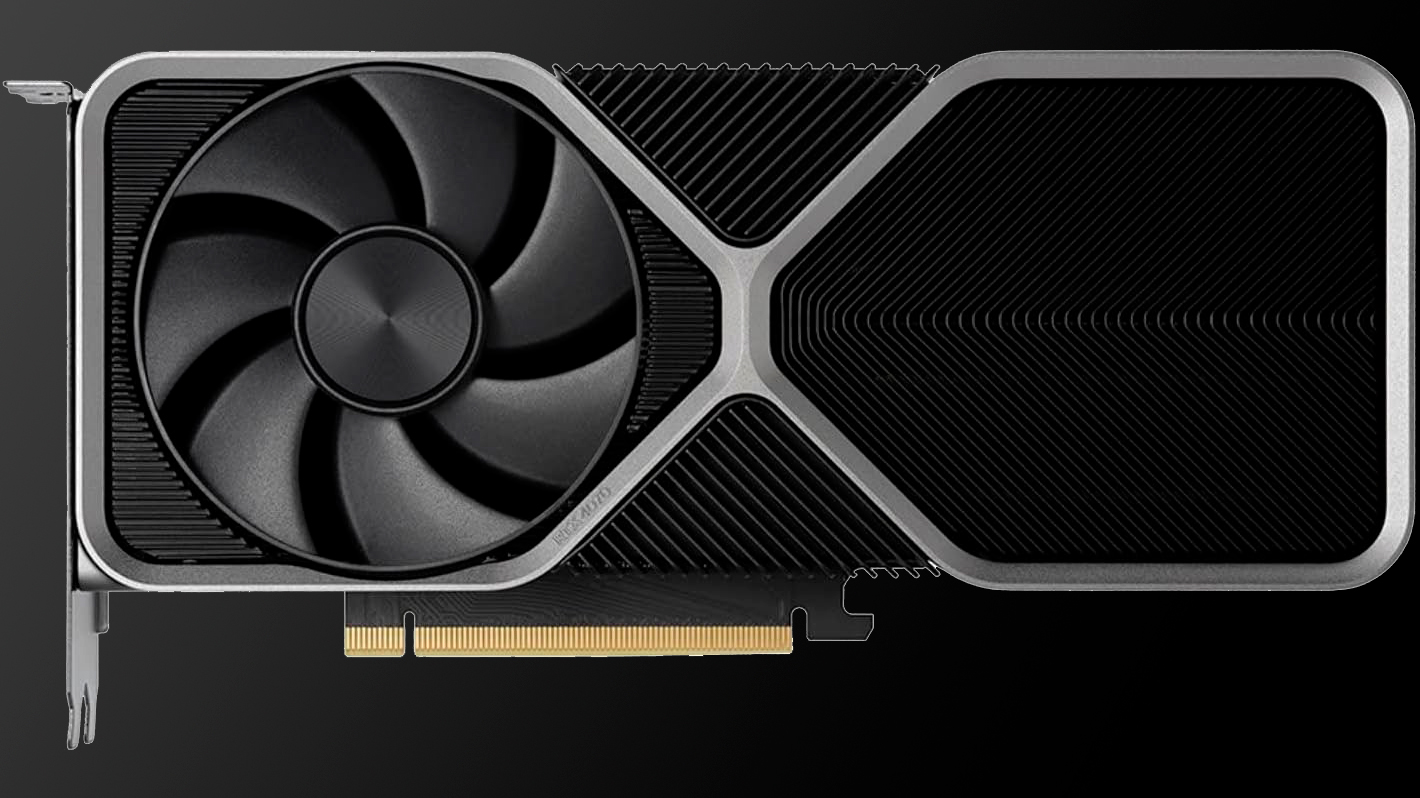
As rumored earlier this month, Nvidia has quietly introduced a new version of its RTX 4070 graphics card. The new GPU will come with GDDR6 memory, rather than the GDDR6X memory it comes with now. The company says it's launching this configuration to "improve supply and availability to meet strong demand."
Nvidia buried today's news at the bottom of its updates for the latest Game Ready Drivers, though there was plenty to discuss there already with the announcement of 20 new DLSS 3-enabled games.
The RTX 4070 with GDDR6 will otherwise be identical to the existing 4070 in terms of specs. In a blog post, Nvidia claims that the new card "offers similar performance in games and applications." The new card is supported in today's Game Ready Driver, version 570.94 WHQL, which also adds support for Star Wars Outlaws and Black Myth: Wukong.
We'll start seeing the RTX 4070 with GDDR6 go on sale in September from Nvidia's GPU partners (presumably there's no Founders Edition here), so we won't have to wait too long to see the differences in performance tested. There's no immediate word on pricing, but we hope that it's lower due to the slower memory modules — it probably won't be.
The company doesn't seem particularly excited about the new version of the card, or maybe it's just mostly a nothingburger. Rumors of the GDDR6 variant first came from leaks on X (formerly Twitter), with a photo of a card from Galax last week. The information we've seen suggests the GDDR6 memory modules will be clocked at 20 Gbps, down from 21 Gbps on the GDDR6X chips. That would reduce the memory bandwidth from 504 GB/s on the original to 480 GB/s on the new cards.
Note that, as with most modern GPUs, the effective memory bandwidth will be much higher, thanks to the large 36MB L2 cache. As a point of comparison, the original RTX 4070, RTX 4070 Super, and RTX 4070 Ti all feature 12GB of GDDR6X 21 Gbps VRAM with 504 MB/s. The 4070 Super and Ti do have a larger 48MB L2 cache as well, and overall performance tends to scale more with the GPU cores rather than being limited by memory bandwidth.
Back in July, reports said that a batch of Micron GDRR6X memory modules had failed quality control tests, which could be affecting Nvidia's supply. Nvidia's statement that the GDDR6 version will "improve supply and availability" suggests this is likely the case, though it hasn't directly confirmed anything.
With Nvidia having made the new GPUs official, we'll likely start seeing more information about the new boards from partners soon. Given it only drops raw memory bandwidth by 5%, the only reason these cards would really be interesting is if they cost less than the GDDR6X models — or if they're more readily available given potential supply constraints.







